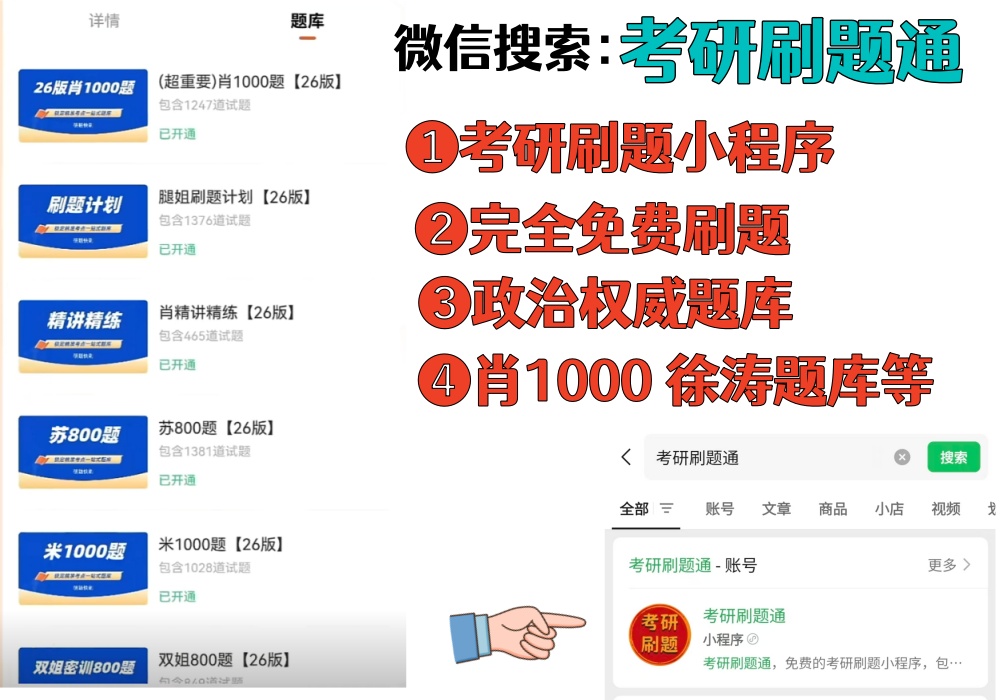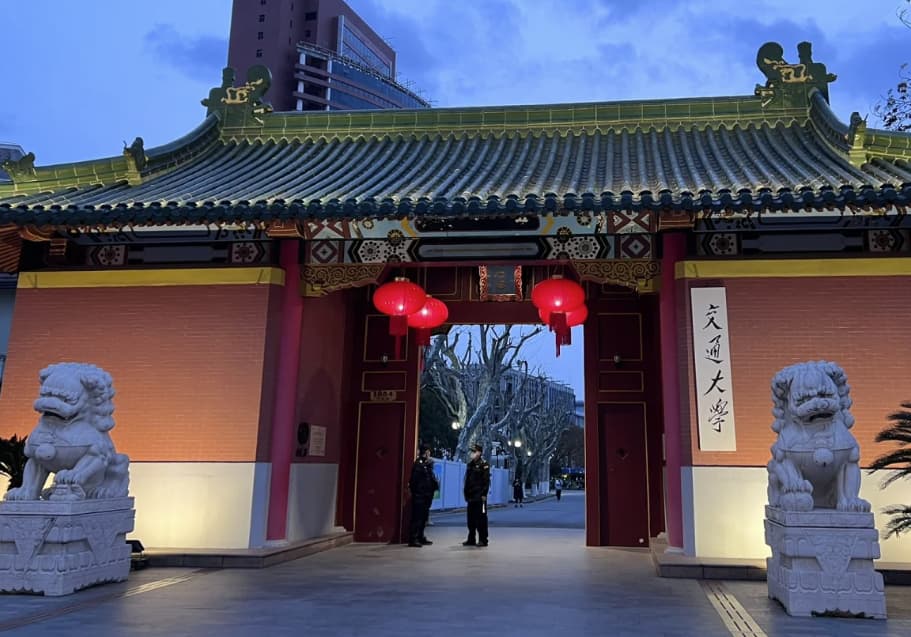Cracking the Code: Must-Know FAQs About English Translation in the Postgraduate Entrance Exam
The English translation section in the postgraduate entrance exam is a critical component for aspiring linguists and translators. It tests not only your proficiency in both languages but also your ability to convey meaning accurately and stylistically. Whether you're a native English speaker looking to brush up on your Chinese translation skills or a Chinese speaker aiming to refine your English expression, understanding the exam's expectations is key. Below, we've compiled a list of common questions that will help you navigate this challenging area with confidence.
Frequently Asked Questions
1. What Types of Translation Tasks Are Common in the Exam?
In the English translation section of the postgraduate entrance exam, you can expect a variety of tasks designed to assess your versatility as a translator. These tasks often include:
- Literal translation of technical or specialized texts to ensure accuracy in conveying complex information.
- Free translation of literary or philosophical passages, which requires a balance between fidelity to the original and natural expression in the target language.
- Translation of public speeches or official documents, where clarity and adherence to formal language conventions are essential.
The exam aims to evaluate your ability to adapt to different contexts, whether it's translating dense academic texts or capturing the nuances of creative writing. To prepare effectively, it's important to familiarize yourself with a range of genres and practice translating samples that mimic the exam format. Pay attention to details like terminology, syntax, and cultural references, as these can significantly impact the quality of your translation. Additionally, practicing under timed conditions will help you manage your time efficiently during the actual exam.
2. How Do I Approach Translation When the Source Text Is Highly Technical?
When faced with highly technical source texts, such as those found in engineering, medicine, or law, the key is to approach the translation with precision and thorough research. Here’s a step-by-step guide to help you tackle these challenging texts:
- First, ensure you have a strong grasp of the subject matter. If you're translating a medical text, for instance, familiarize yourself with medical terminology and concepts.
- Next, break down the text into smaller sections to manage complexity. This makes it easier to focus on accuracy without feeling overwhelmed.
- Consult reliable dictionaries, glossaries, and reference materials to verify translations of specialized terms. Sometimes, a single word can carry significant weight in a technical context.
- Pay attention to the structure of technical sentences, which often differ from everyday language. Ensure your translation maintains the logical flow and clarity of the original.
- Finally, review your translation for consistency and coherence. Technical texts rely heavily on precision, so even minor errors can alter the meaning.
Remember, the goal is not just to translate words but to convey the technical intent accurately. Practice with real technical documents to build your confidence and proficiency in handling such texts under exam conditions.
3. What Strategies Can I Use to Improve My Translation Style?
Improving your translation style is a continuous process that involves refining both your language skills and your understanding of translation principles. Here are some effective strategies to help you elevate your translation game:
- Read extensively in both English and Chinese to broaden your vocabulary and cultural knowledge. This will help you recognize and adapt idiomatic expressions more naturally.
- Practice translating a variety of texts, from新闻报道 to literary works, to develop versatility. Each genre has its own set of challenges and stylistic conventions.
- Learn from established translators by studying their work and analyzing their techniques. Pay attention to how they handle complex sentences and cultural references.
- Seek feedback from peers or mentors who can provide constructive criticism on your translations. This will help you identify areas for improvement.
- Engage in translation exercises that focus on style, such as rewriting sentences to enhance clarity or elegance. This can be particularly helpful for literary translation.
Additionally, staying updated with linguistic trends and translation theories can provide you with a deeper understanding of the craft. Regular practice and a willingness to learn from mistakes will ultimately lead to a more polished and effective translation style. Remember, the best translators are those who never stop refining their skills and embracing new challenges.


.jpg)
.jpg)
.jpg)

.jpg)
.jpg)
.jpg)
.jpg)
